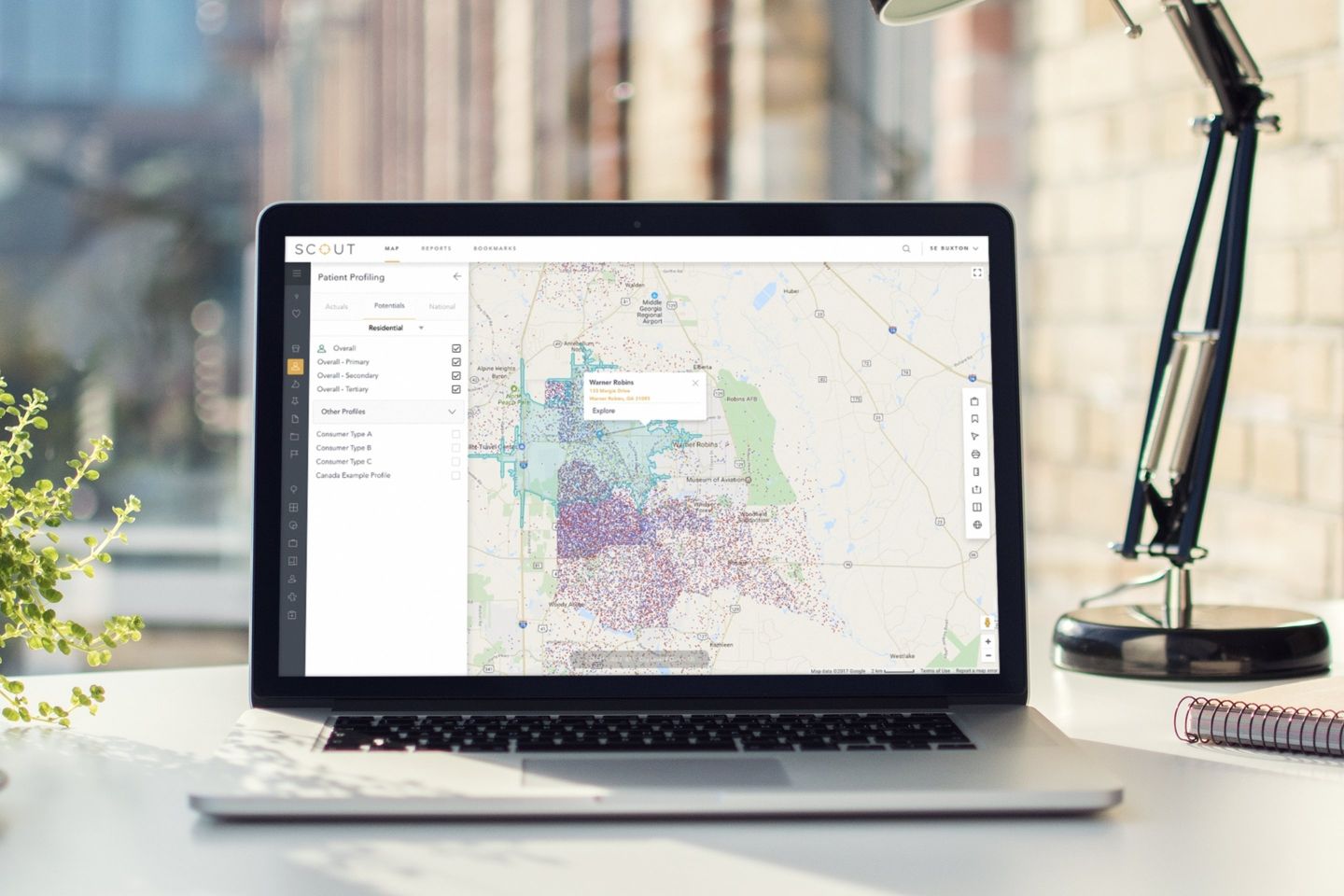Who makes up your patient base today?
Many healthcare providers can answer that question in terms of demographics and payer types. Some can even answer it based on consumer segmentation, which provides a deeper look into the lifestyles of patients to identify key cohorts.
But perhaps a more important question is this: does your current patient base reflect the one you want to have in the future?
There are many reasons why healthcare providers may be interested in pursuing an expanded patient base. For non-profit organizations, there is no mission without margin, so seeking certain patient types can help to offset the costs associated with serving those in need. Other organizations may be interested in expanding into new service lines to diversify and grow market share. Still others may be interested in expanding into new geographic markets with different consumer mixes.
Regardless of the reason, pursuing a new type of patient can be a daunting task, but fortunately, consumer segmentation can help.
Many healthcare providers mistakenly believe that consumer segmentation can only be used to analyze current patients. The reality is that consumer segmentation can be used define a goal patient base, determine where consumers with those characteristics are located, and provide further insights to guide strategies designed to reach those patients. Here’s how it works.
1. Define the Goal
Begin by writing a high-level description of the type of patient you hope to attract and primary differences from your current patients. Perhaps the main difference between your current patients and your desired new patients is payer type, or perhaps you simply want to attract patients for a new service line.
2. Use Consumer Segmentation to Develop a Goal Patient Profile
Once you have a general idea of who you want to attract, work with your analytics provider to use consumer segmentation to dive deeper and develop a profile of your target patients. This goal profile should include characteristics like payer type, demographics, and psychographics (lifestyles). Depending on the type of patient you are trying to reach, your analytics provider may be able to leverage previously developed profiles that describe the most common type of consumer by service line.
3. Identify Pockets of Opportunity
After your goal patient profile is developed, use it to identify where households that match that profile are located. This data can be mapped for a visual representation of areas of opportunity. Use the information to determine where you may have gaps in the market or to identify households that are ideal candidates for direct marketing.
4. Use the Goal Profile Characteristics to Inform Strategy
Because the goal profile relies on consumer segmentation, it comes with a wealth of information beyond simple payer types and demographics. Use those insights to inform strategies – from marketing messages, to marketing channels, and even to facility operations.
The Bottom Line
You don’t have to wait until you’ve established a patient base in a specific area in order to use consumer segmentation. Instead, consumer segmentation can be used to define your goal patient base and provide insights to inform the strategies you use to reach those consumers.
If you are interested in developing profiles of your current or desired patient bases, you’ve come to the right place. Buxton can use consumer segmentation to develop insightful profiles to guide your strategies. Learn more about our work in the healthcare industry and contact us to discuss your needs.


